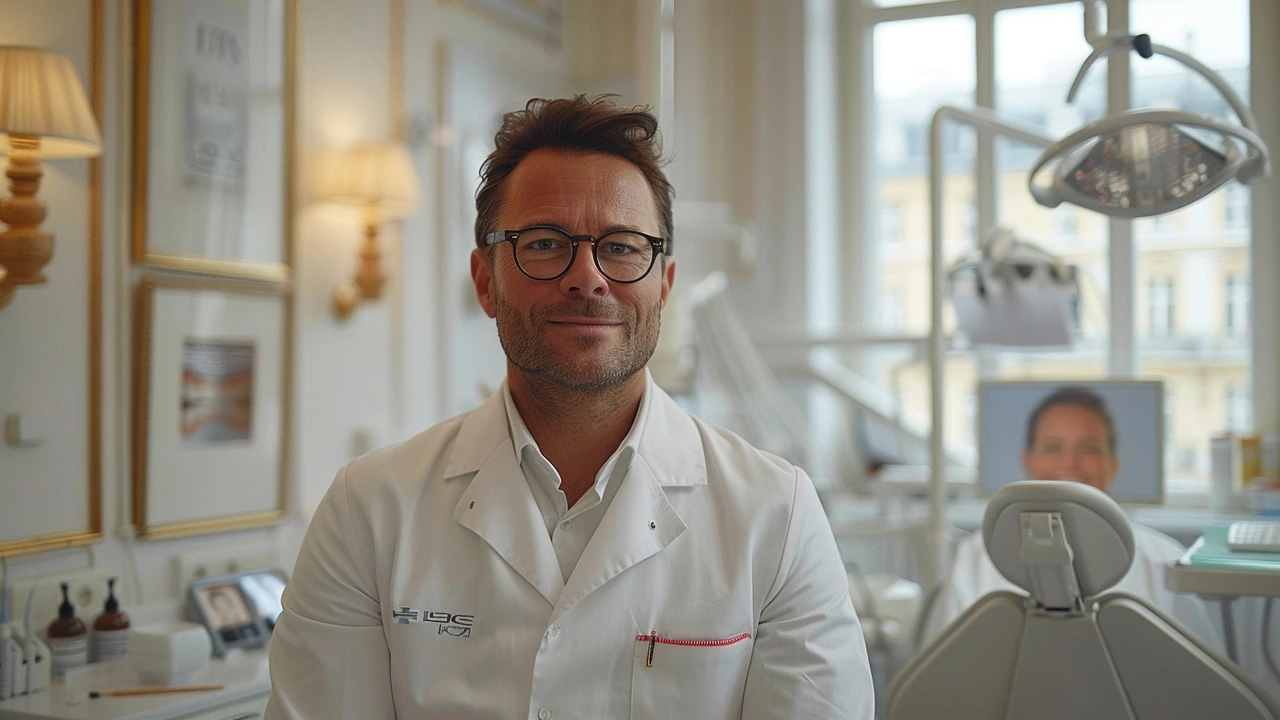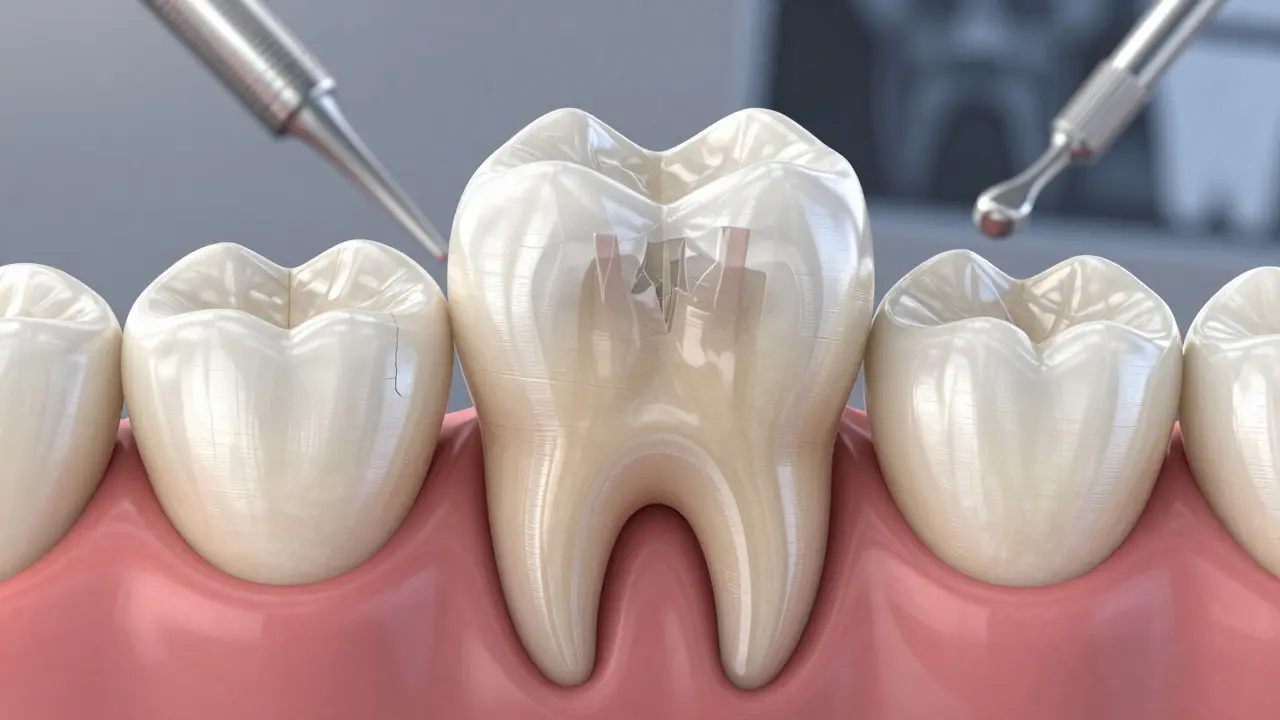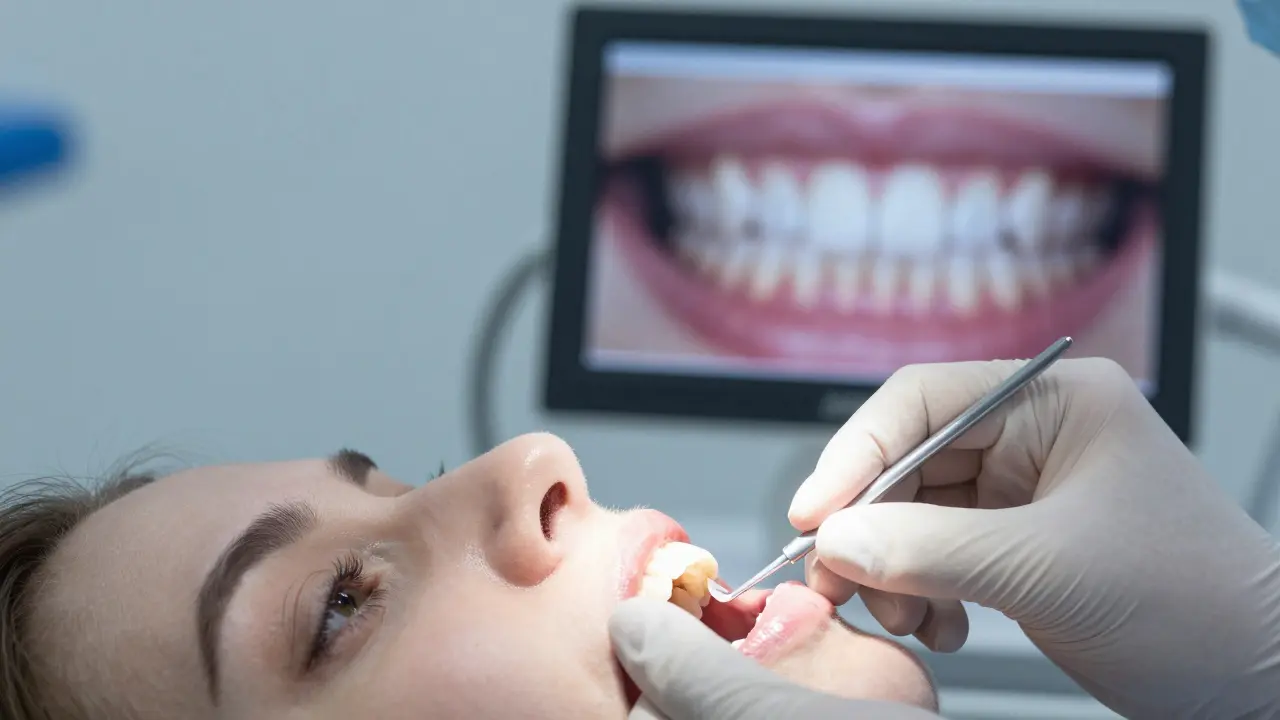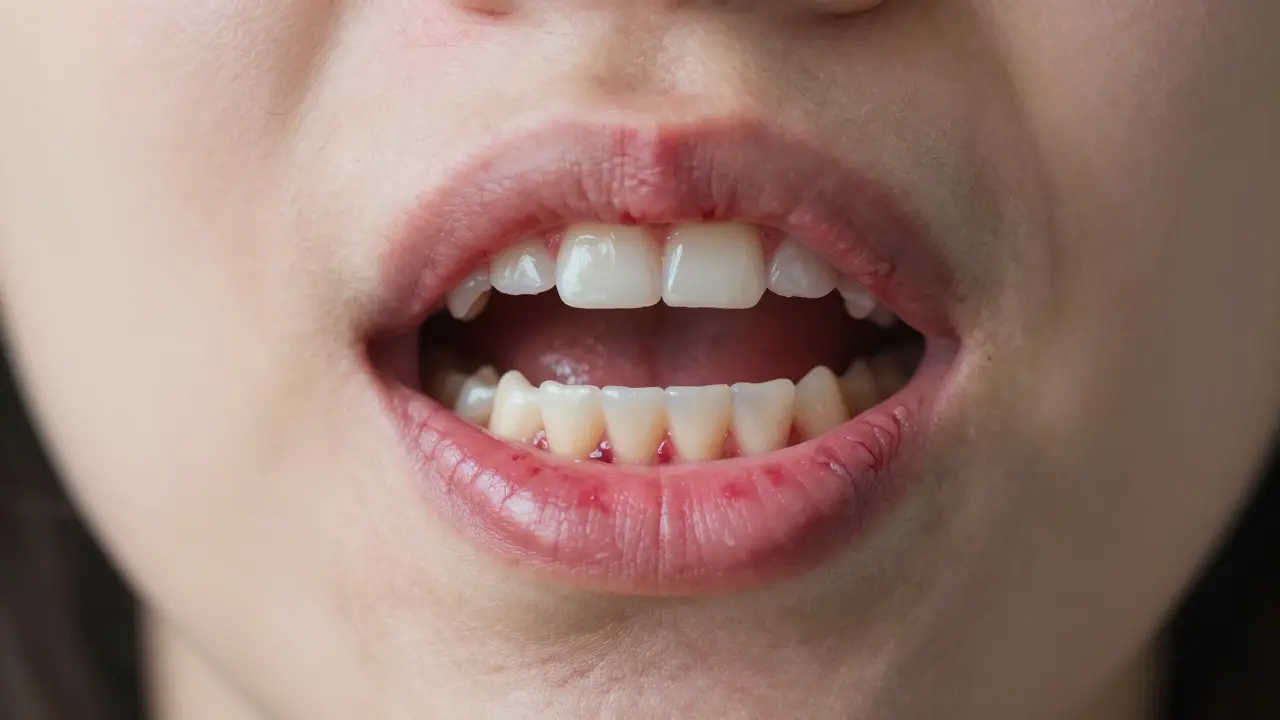Understanding Laser Correction for Crooked Teeth
Crooked teeth not only affect how we feel about our smiles but can also have significant impacts on overall dental health. Traditional methods like braces or clear aligners have been the popular choices for correction. However, lasers are becoming a game-changer in this landscape. The process involves using focused light beams to alter the shape and position of teeth subtly and effectively. This technological advancement offers a less invasive alternative, potentially reducing treatment time and discomfort commonly associated with orthodontic appliances.
Lasers work by delivering energy in the form of light. When used for dental applications, these laser beams are tuned to specific wavelengths optimized to interact with the mouth's tissues. It is precise enough to cut through hard tissue (teeth) and soft tissue (gums) with minimal bleeding, promoting quicker recovery times. The accuracy also reduces risks of damage to surrounding tissues, a common concern with mechanical methods.
One of the most compelling advantages of laser treatment for straightening teeth is the reduction in treatment time. Whereas traditional braces can take up to two years, laser treatments can sometimes reduce this period significantly, depending on the severity of the case. Moreover, the discomfort is generally less severe, as laser treatments are less abrasive and do not involve physical force on the teeth.
Benefits of Laser Dental Correction
Beyond the technical workings, the benefits of using laser technology for dental correction are substantial. Firstly, the precision of lasers means treatments are highly tailored to individual needs, allowing for more nuanced adjustments that better align with the desired outcomes. This method also promotes oral health, as the faster recovery time decreases the risk of infections commonly associated with prolonged dental work.
Laser dental treatments often result in less anxiety for patients due to their non-invasive nature. Many individuals who fear the dentist find laser treatments more acceptable, as they typically do not involve drills or intensive cutting. The reduced noise and vibration, as well as the absence of uncomfortable dental impressions, contribute to a more pleasant treatment experience.
Aesthetic outcomes with laser treatments tend to be highly favorable. Since treatment focuses on minimal intervention, the integrity of teeth and gums is better preserved. The results are not only effective but also natural-looking, making it an excellent option for those seeking a discreet way to improve their smile.
Addressing Common Concerns and Misconceptions
Despite its benefits, some hesitations remain regarding laser dental correction. Concerns typically involve the cost, as newer technologies tend to be more expensive than traditional methods. However, when considering the reduced treatment time and fewer dental visits required, the overall financial outlay can be comparable, if not favorable, in the long term.
Another common question involves safety. Dental lasers are rigorously tested and have been proven safe for medical use. The precision and control that lasers afford significantly minimize the risk of accidental damage to the surrounding tissues, a notable improvement over more traditional mechanical methods.
Effectiveness is another area where lasers shine. While not suitable for every type of dental misalignment, in cases where laser treatment is applicable, it has been shown to be incredibly effective. Patients often see substantial improvements in not only the aesthetics of their teeth but also in their overall oral health, as straighter teeth are easier to clean and maintain.
In conclusion, laser treatment for correcting crooked teeth represents a significant leap forward in dental technology. It offers numerous advantages over traditional methods, including reduced pain, quicker treatment times, enhanced precision, and more agreeable patient experiences. While the upfront costs might be higher, the long-term benefits and improvements in dental health make it a worthwhile investment for many looking for a modern solution to an age-old problem.






